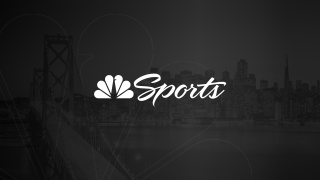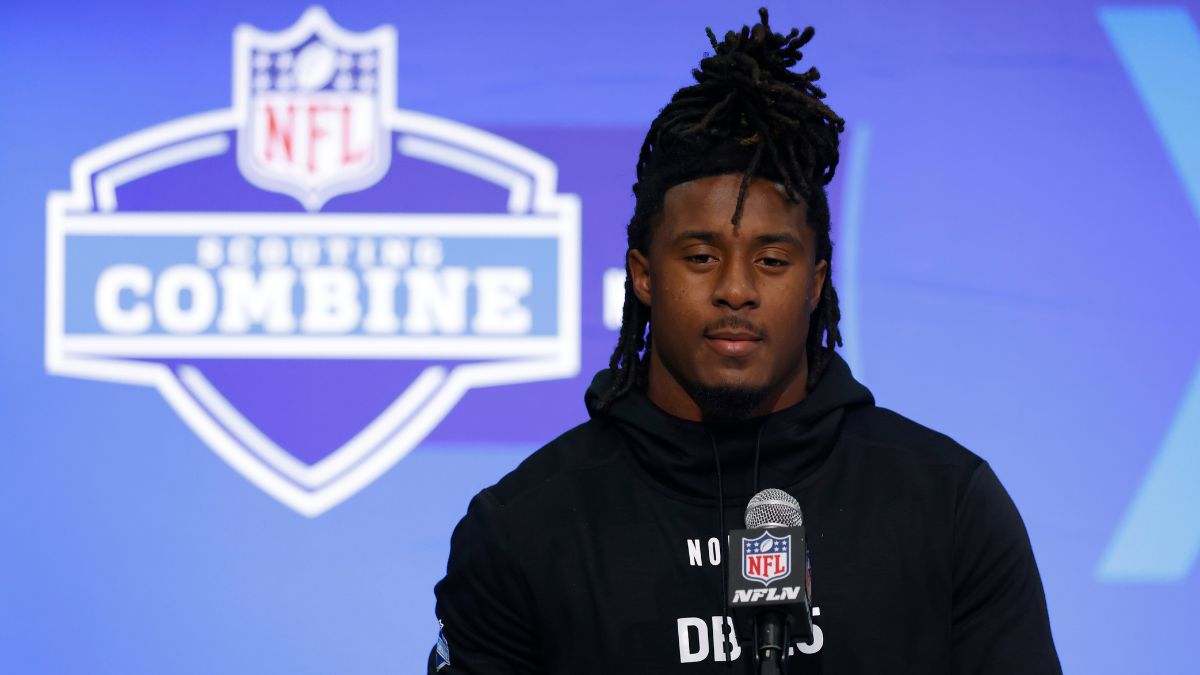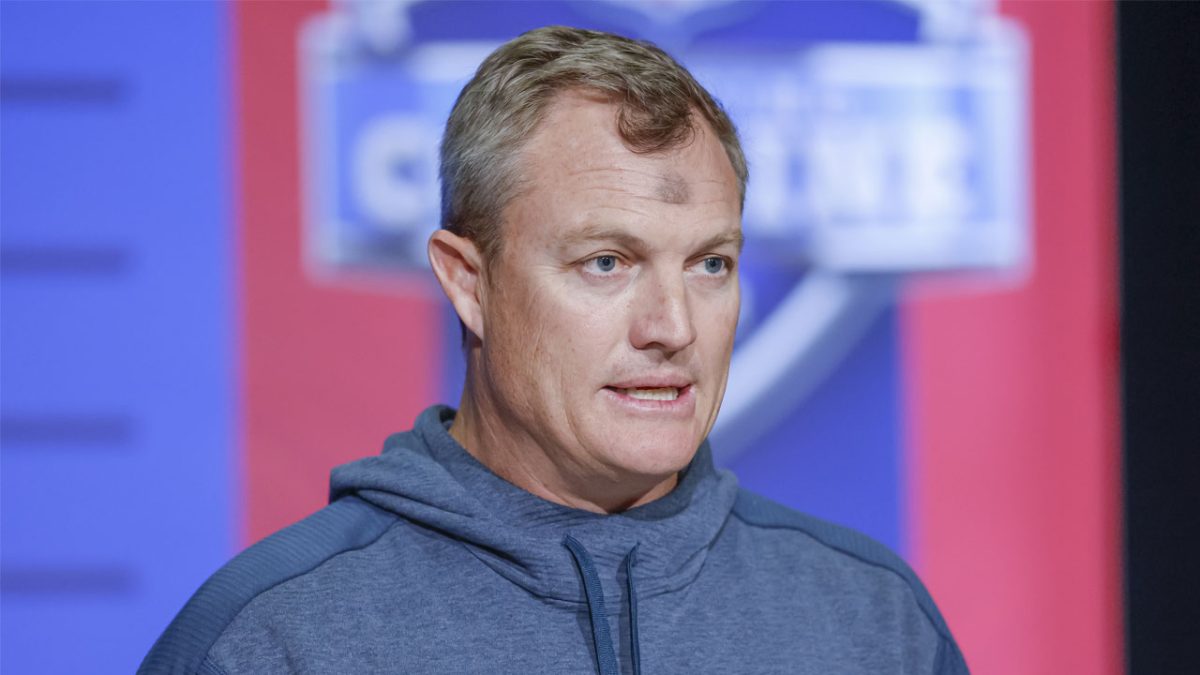
Programming note: For all the day’s sports news, tune in to SportsNet Central tonight and every night at 6, 10:30 p.m. and midnight on Comcast SportsNet Bay Area
Everybody loves a good conspiracy theory.
And the premise is set from the outset of a video that attempts to present the case the 49ers were facing the Seattle Seahawks, their 12th Man, as well as the NFL’s “13th man” in the NFC Championship game.
Stay in the game with the latest updates on your beloved Bay Area and California sports teams! Sign up here for our All Access Daily newsletter.
The tone is set early with the first words flashed across the screen at the opening of the widely circulated 15-minute video: “The NFL has been fixing games since the early 2000s.”
Sure, it’s a little difficult to take the video seriously when that baseless claim is made at the very beginning.
But I watched the entire video with an open mind. And here’s a point-by-point analysis of what I found:
--First, there was the controversial personal-foul penalty on 49ers safety Donte Whitner on an incomplete pass intended for tight end Luke Willson. The video describes: “A shoulder to shoulder hit is called helmet to helmet.” Not true. Referee Gene Steratore clearly states the penalty was thrown for a “hit to the head and neck area.” He never claimed that Whitner struck Willson with his helmet. A replay angle from behind the 49ers secondary appears to show Whitner making contact with Willson’s helmet with his upper arm. The NFL did not fine Whitner after the fact. That can be interpreted as the NFL did not believe it was a penalty or that the NFL did not believe it was bad enough to warrant a fine.
San Francisco 49ers
--Anthony Dixon was originally ruled to have scored a touchdown on a third-and-1 leap over the top. Steratore reversed the call after reviewing the scoring play. A high sideline angle (not showed on the video) indicates Dixon came up short. And that’s what Steratore ruled.
--The maker of the video points out that on the next play, left guard Mike Iupati sustained the injury that knocked him out of the game. “On the 2nd touchdown, San Francisco’s best offensive player and likely the best offensive lineman in the NFL, Mike Iupati was lost for the season.”
--Left tackle Russell Okung got away with a holding penalty on outside linebacker Aldon Smith. No argument there, but holding can be called on just about any play.
[REWIND: Another rule for an NFL rulebook already gone mad?]
--Carlos Rogers is called for a personal foul against Golden Tate after an incomplete pass late in the first half. Again, no argument. That it was a bad call. The 49ers would’ve taken over at their own 38-yard line with :20 remaining in the half. Instead of having any thoughts of trying to move 25 yards down the field for a possible field goal, the 49ers ran out the clock to end the first half.
--A block in the back is pointed out on Doug Baldwin’s long kickoff return. In my opinion, it was a good no-call because Darryl Morris turned his back and peeled away from where Baldwin was running as the contact occurred.
--There’s a no-call on a play that could’ve been intentional grounding on Russell Wilson. I agree. It should’ve been intentional grounding. (UPDATE: After re-watching the play several times on the coaches' film version from the end zone, it appears as if Wilson unloads the pass just outside the tackle box that was established by where left tackle Russell Okung lined up.) On the next play, Steven Hauschka kicked a 40-yard field goal to cut the 49ers’ lead to 17-13.
--There was the running-into-the-kicker call on Andy Lee. No argument here. I previously wrote about that play as one of the three critical plays in the game. It’s incorrectly noted that the “49ers lost their punter when he was injured by the hit.” However, 49ers coach Jim Harbaugh said the reason the 49ers did not take the 5 yards and re-punt was because Lee was temporarily hobbled.
[REWIND: 49ers' NFC title game loss boiled down to three plays]
--On a second-and-5 run play, Marshawn Lynch appears to be stopped short of the first down. However, the ball is placed in a spot to give the Seahawks a first down. It looked like a bad spot to me, too, but Lynch continued to fight for yards and got the call.
--Here’s one that I have not been able to explain: On the first play of the fourth quarter, Seahawks tight end Zach Miller is tackled to set up a fourth-and-7 play. The whistle blows at the 14:51 mark. Initially, Pete Carroll calls on Hauschka to attempt a long field goal. Hauschka later admits he didn’t want to kick it. But at some point, Steratore restarted the play clock. Finally, the Seahawks call a timeout at the 13:52 mark – 59 seconds after the whistle was blown to stop the previous play. The day after the game, I asked the NFL Office for an explanation of what occurred. I never received a response. (UPDATE: The word from the NFL is that the play clock was reset, but there's no explanation why.)
--On the next play, the 49ers defensive line stops rushing the passer after Aldon Smith jumps offside. The video contends, “One official blew the whistle when Aldon Smith jumped into the neutral zone.” I re-watched the play several times and I can’t hear anything that sounds like a whistle. This is the fourth-down play on which Wilson hit Jermaine Kearse for the go-ahead touchdown.
--The video says that the 49ers were called for a crucial delay-of-game penalty only 34 seconds after the end of the previous play. This claim is completely inaccurate. The video correctly points out that Kaepernick ran out of bounds with 11:12 remaining and the delay-of-game penalty was called at 10:36. OK, that’s 36 seconds. But what is not noted is that the game clocks stops when a player runs out bounds and it’s restarted once the officials spot the ball at the appropriate yard line. In this case, there was a nine-second lag between Kaepernick running out of bounds and the game clock restarting. The play clock starts immediately after the end of the previous play. Instead of third-and-1, it correctly became third-and-6. Kaepernick was sacked and fumbled on the next play.
[MAIOCCO: Bowman's timetable for return from knee surgery]
--The play on which NaVorro Bowman sustained his knee injury is also examined. Yes, that was most definitely a bad call. Bowman wrestled the ball away from Kearse and had possession while he on the ground. It should’ve been the 49ers’ ball. But the officials ruled Lynch recovered. For whatever reason, that play is not subject to review. The 49ers were forced to defend another play at the goal line. Seattle, of course, did not score as they fumbled on fourth down back to the 15-yard line, where the 49ers took over.
Were there some bad calls in the NFC Championship game? Yes. Were there some questionable calls? Sure.
Admittedly, I did not go back through the entire game to see how many close calls went against the Seahawks. But one that comes to mind is on the game-clinching interception. Michael Crabtree appeared to get away with a nudge to Richard Sherman’s back.
And there was no mention of Seattle gunner Jeremy Lane's treacherous run through the 49ers sideline and his unexplained collision with an unnamed 49ers' staff member. That play would've certainly made the video if it had occurred on the other sideline. The NFL issued a warning to the 49ers but no fine, a league spokesman told CSNBayArea.com.
Ultimately, the video in question had too many baseless claims, inaccuracies and hyperbole to be taken seriously. But if the intent was to get people talking again about the game that Sherman said featured the two best teams in the NFL, it was successful.


